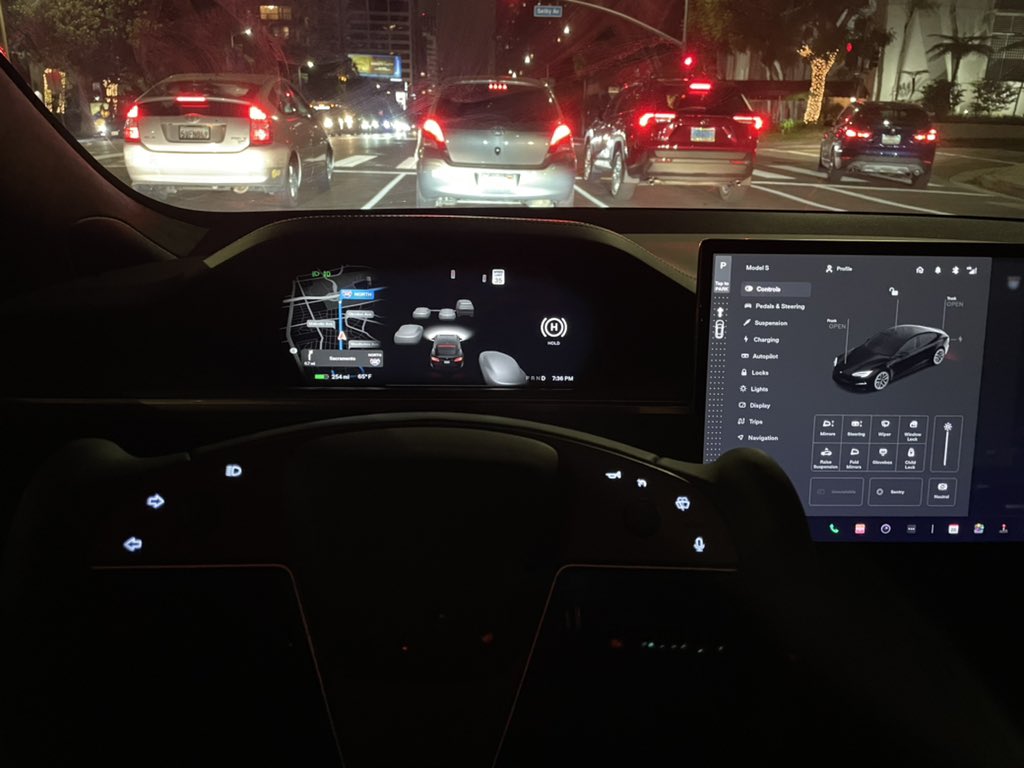
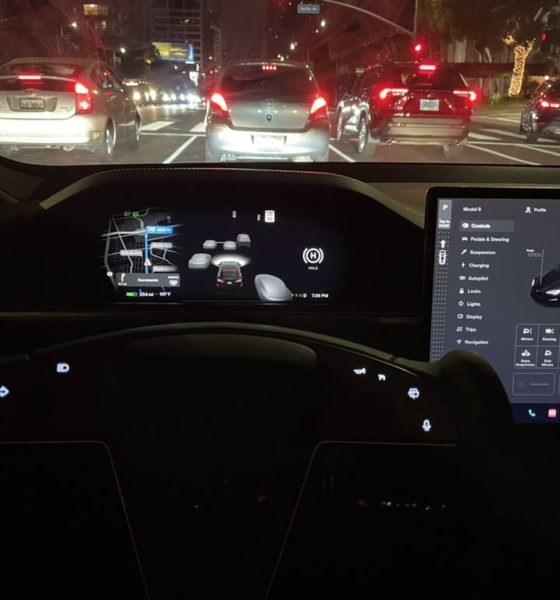
News
Opinion: Tesla FSD Beta critics’ pearl-clutching and outrage are getting ridiculous
Tesla’s “Request Full Self-Driving Beta” button is here, and so is the Fear Uncertainty and Doubt (FUD). Over the weekend, Tesla owners with qualified vehicles and who purchased the company’s Full Self-Drivings suite were able to press a button that would allow them to apply for a slot in the company’s soon-to-be-expanded FSD Beta program. The company also launched its Safety Score system as a way to help determine which of its customers are safe drivers.
True to form, it did not take long before Tesla critics pounced on the “Request FSD Beta” button and the company’s “Safety Score” system. Pretty soon, even a US Senator joined the fray in condemning the FSD Beta program. While this is not a surprise and almost expected considering Tesla’s history, it must be said that this time, the pearl-clutching and outrage from the company’s critics are getting quite ridiculous.
Tesla’s Strategy
To get proper context on the FSD Beta expansion, one must know how Tesla started the program in the first place. The FSD Beta program was launched in October 2020, and for nearly a year, it was limited to just about 2,000 drivers. These drivers have accumulated valuable real-world data over the past 11 months, and none were involved in an accident. This effectively did two things: one; it proved that the FSD Beta program is feasible, and two; it set a very high bar for the rest of the FSD Beta rollout.
Expanding the FSD Beta program requires tons of caution. Thus, it was no surprise that the company launched a Safety Rating system designed to evaluate the driving behavior of Tesla owners. This effectively gave the company a rather objective way to evaluate which drivers could participate in the FSD Beta program expansion. It should also be noted that owners who qualify for the program would not be using a consumer release version of the Full Self-Driving suite. They would simply be part of the FSD Beta test program.
Clutching Pearls
This fact seems to have escaped some of the media coverage about the FSD Beta program expansion. Bloomberg, for one, ran with a headline that read “Tesla Starts Judging Owners It Charged $10,000 for Self-Driving.” This premise is quite incorrect as the $10,000 Full Self Driving suite being sold by Tesla is a consumer release product, not the advanced driver-assist system that would be used by owners who qualify for the FSD Beta program. Despite this, sentiments opposing the program, as well as the Safety Score system, have been quite evident among the company’s critics.
Such a misinformed take was evident in a Twitter post shared by US Senator Richard Blumenthal, who noted that Tesla was “putting untrained drivers on public roads as testers for their misleadingly-named, unproven system.” The Senator added that the FSD Beta strategy is a “seeming recipe for disaster” as the company is playing “Russian Roulette for unsuspecting drivers & the public.” Interestingly enough, the politician also cited a tweet from CNBC, which included an article that is, in many ways, slanted against the EV maker.
Outdated Information
Wrong takes on hot topics are typically due to outdated information, and in the case of US Senator Blumenthal, this might be the case. Back in 2018, the politician rode in a Model 3 with Consumer Reports Head of Auto Testing Jake Fisher, who was operating a version of Tesla’s Autopilot that is now incredibly outdated. During the drive, Fisher was quick to point out what capabilities Autopilot was lacking, all while operating the system without his hands on the wheel.
Consumer Reports is hardly a Tesla authority considering that the magazine, which prides itself on consumer advocacy, quite literally featured a thorough walkthrough on how to abuse Tesla’s Autopilot system back in April using defeat devices and a variety of tricks. If Blumenthal is basing his take on Tesla on CNBC‘s recent reporting — which was slanted negatively against the EV maker — and his past experiences with Consumer Reports — which operates Autopilot irresponsibly — then it is no wonder that he is skeptical about the FSD Beta test expansion.
The Irony of it All
The most ironic thing about the pearl-clutching and outrage among Tesla critics today is the fact that the “Request FSD Beta” button essentially does nothing for now. It does not make owners who press the button automatic FSD Beta testers. They’d have to have great Safety Scores for that. And due to the presence of Safety Scores, Tesla owners who wish to participate in the FSD Beta program are now driving safer than ever before. The company effectively incentivized safe driving this weekend, and somehow, it was still met with a ton of negativity.
Also ironic is the fact that statistics are on Tesla’s side. Take the well-publicized NHTSA investigation on Autopilot crashing into stationary emergency vehicles, for example. When the probe was launched, the news was extensively covered with headlines like CNN‘s “Tesla is under investigation because its cars can’t stop hitting emergency vehicles.” But while such headlines are compelling, the fact is that the US Government Accountability Office (GAO) report notes that there are about 8,000 stationary emergency vehicle crash injuries per year. Tesla had nine crash injuries with stationary first responder vehicles in the last 12 months, and some of those involved drivers who were not paying attention to the road.
The NHTSA notes that there are about 2,740,000 crash injuries in the United States per year, and there’s hardly any outrage for the human lives included in this grim statistic. Tesla’s Full Self-Driving system, which generally drives very conservatively, could effectively reduce this number by a notable margin. It is then quite disappointing to see the narrative being formed around the expansion of the FSD Beta program, especially considering that the advanced driver-assist system would only be released for owners who generally drive safely.
Valid Tesla Criticism
Interestingly enough, there are actual valid angles of criticism for Tesla’s FSD Beta rollout. The program for now is vastly focused on the United States, but the company sells the FSD suite to owners worldwide. It would then be beneficial to Tesla owners if the program’s expansion is expedited to areas such as Canada and Europe, to name a few. FSD, after all, is intended to be a universal system that should be capable of operating anywhere. Following this logic, FSD Beta must be tested on a wider set of areas as well — as soon as possible.
There are also Tesla owners who purchased the Full Self-Driving suite years ago on vehicles that are still equipped with MCU1 units. Some of these vehicles are already coming out of warranty, and their owners are yet to enjoy any FSD features since most of the advanced driver-assist system’s functions today require an MCU2 unit. Considering that Tesla owners were promised that their cars would be equipped with the hardware necessary for Full Self-Driving with an FSD suite purchase, it would only be right for Tesla to expedite MCU1 to MCU2 retrofits for owners with vehicles that were produced from March 2018 or earlier.
But misrepresenting the FSD Beta program expansion and criticizing the Safety Score system, that’s a far harder sell.
Don’t hesitate to contact us with news tips. Just send a message to tips@teslarati.com to give us a heads up.

Elon Musk
Tesla CEO Elon Musk confirms Robotaxi safety monitor removal in Austin: here’s when
Musk has made the claim about removing Safety Monitors from Tesla Robotaxi vehicles in Austin three times this year, once in September, once in October, and once in November.
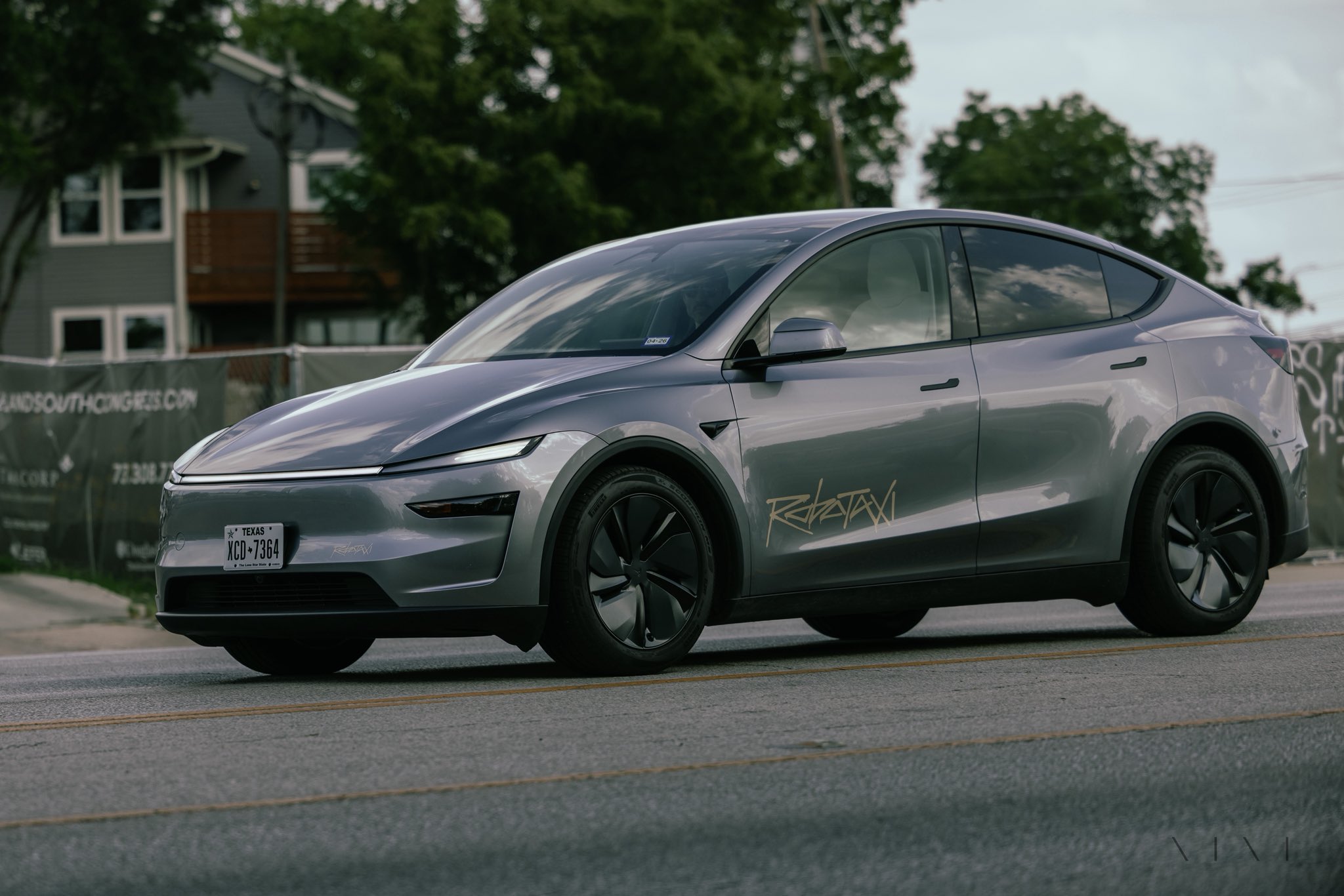
Tesla CEO Elon Musk confirmed on Tuesday at the xAI Hackathon that the company would be removing Safety Monitors from Robotaxis in Austin in just three weeks.
This would meet Musk’s timeline from earlier this year, as he has said on several occasions that Tesla Robotaxis would have no supervision in Austin by the end of 2025.
On Tuesday, Musk said:
“Unsupervised is pretty much solved at this point. So there will be Tesla Robotaxis operating in Austin with no one in them. Not even anyone in the passenger seat in about three weeks.”
Musk has made the claim about removing Safety Monitors from Tesla Robotaxi vehicles in Austin three times this year, once in September, once in October, and once in November.
In September, he said:
“Should be no safety driver by end of year.”
The safety driver is just there for the first few months to be extra safe.
Should be no safety driver by end of year.
— Elon Musk (@elonmusk) September 4, 2025
On the Q3 Earnings Call in October, he said:
“We are expecting ot have no safety drivers in at least large parts of Austin by the end of this year.”
Finally, in November, he reiterated the timeline in a public statement at the Shareholder Meeting:
“I expect Robotaxis to operate without safety drivers in large parts of Austin this year.”
Currently, Tesla uses Safety Monitors in Austin in the passenger’s seat on local roads. They will sit in the driver’s seat for highway routes. In the Bay Area ride-hailing operation, there is always a Safety Monitor in the driver’s seat.
Three weeks would deliver on the end-of-year promise, cutting it close, beating it by just two days. However, it would be a tremendous leap forward in the Robotaxi program, and would shut the mouths of many skeptics who state the current iteration is no different than having an Uber.
Tesla has also expanded its Robotaxi fleet this year, but the company has not given exact figures. Once it expands its fleet, even more progress will be made in Tesla’s self-driving efforts.
News
SpaceX reportedly mulling IPO, eyeing largest of all time: report
“I do want to try to figure out some way for Tesla shareholders to participate in SpaceX. I’ve been giving a lot of thought to how to give people access to SpaceX stock,” Musk said.
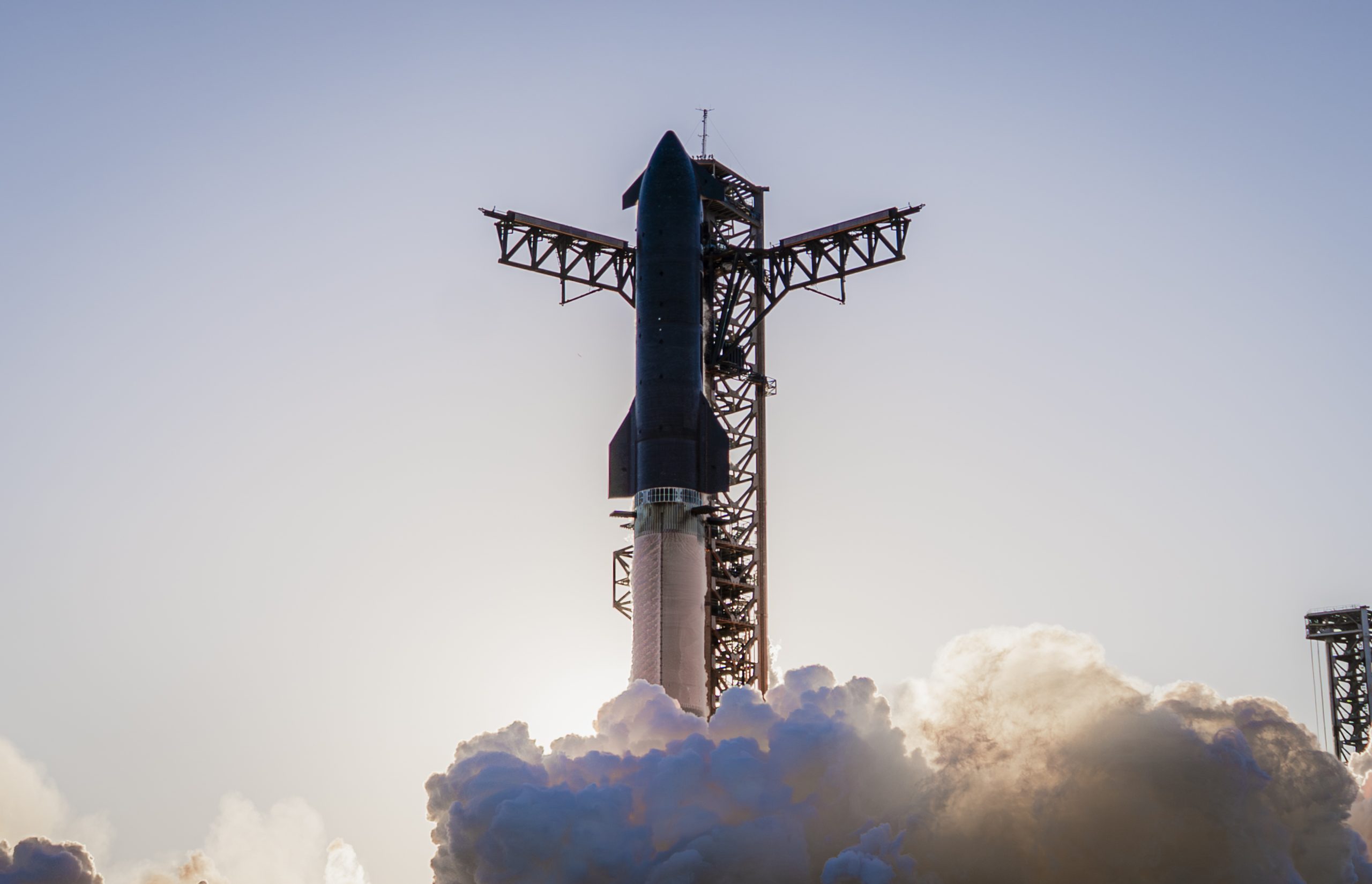
SpaceX is reportedly mulling an initial public offering, eyeing what would be the largest valuation at the time of availability of all time, a new report from Bloomberg said on Tuesday.
It is one of many reports involving one of Elon Musk’s companies and a massive market move, as this is not the first time we have seen reports of an IPO by SpaceX. Musk himself has also dispelled other reports in the past of a similar nature, including an xAI funding round.
SpaceX and Musk have yet to comment on the report. In the past, untrue reports were promptly replied to by the CEO; this has not yet gained any response, which is a good sign in terms of credibility.
However, he said just a few days ago that stories of this nature are inaccurate:
“There has been a lot of press claiming SpaceX is raising money at $800B, which is not accurate. SpaceX has been cash flow positive for many years and does periodic stock buybacks twice a year to provide liquidity for employees and investors. Valuation increments are a function of progress with Starship and Starlink and securing global direct-to-cell spectrum that greatly increases our addressable market. And one other thing that is arguably most significant by far.”
There has been a lot of press claiming @SpaceX is raising money at $800B, which is not accurate.
SpaceX has been cash flow positive for many years and does periodic stock buybacks twice a year to provide liquidity for employees and investors.
Valuation increments are a…
— Elon Musk (@elonmusk) December 6, 2025
Musk has discussed a potential IPO for SpaceX in recent months, as the November 6 shareholder meeting, as he commented on the “downsides” of having a public company, like litigation exposure, quarterly reporting pressures, and other inconveniences.
Nevertheless, Musk has also said he wants there to be a way for Tesla shareholders to get in on the action. At the meeting in early November, he said:
“I do want to try to figure out some way for Tesla shareholders to participate in SpaceX. I’ve been giving a lot of thought to how to give people access to SpaceX stock.”
Additionally, he added:
“Maybe at some point., SpaceX should become a public company despite all the downsides of being public.”
Musk has been historically reluctant to take SpaceX public, at times stating it could become a barrier to colonizing Mars. That does not mean it will not happen.
Bloomberg’s report cites multiple unidentified sources who are familiar with the matter. They indicate to the publication that SpaceX wants to go public in mid-to-late 2026, and it wants to raise $30 billion at a valuation of around $1.5 trillion.
This is not the first time SpaceX has discussed an IPO; we reported on it nine years ago. We hope it is true, as the community has spoken for a long time about having access to SpaceX stock. Legendary investor Ron Baron is one of the lucky few to be a SpaceX investor, and said it, along with Tesla, is a “lifetime investment.”
Tesla bull Ron Baron reveals $100M SpaceX investment, sees 3-5x return on TSLA
The primary driver of SpaceX’s value is Starlink, the company’s satellite internet service. Starlink contributes 60-70 percent of SpaceX’s revenue, meaning it is the primary value engine. Launch services, like Falcon 9 contracts, and the development of Starship, also play supporting roles.
News
SpaceX reaches incredible milestone with Starlink program
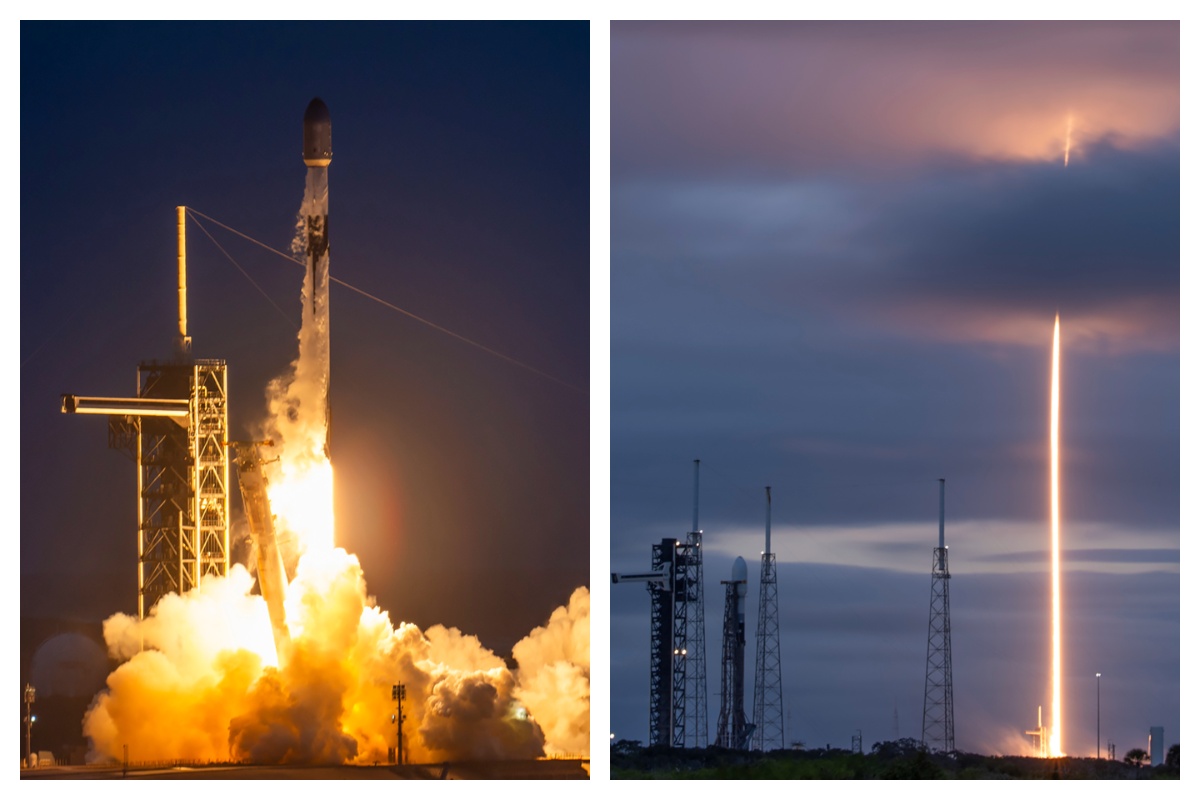
SpaceX reached an incredible milestone with its Starlink program with a launch last night, as the 3,000th satellite of the year was launched into low Earth orbit.
On Monday, SpaceX also achieved its 32nd flight with a single Falcon 9 rocket from NASA’s Kennedy Space Center.
The mission was Starlink 6-92, and it utilized the Falcon 9 B1067 for the 32nd time this year, the most-used Falcon booster. The flight delivered SpaceX’s 3000th Starlink satellite of the year, a massive achievement.
There were 29 Starlink satellites launched and deployed into LEO during this particular mission:
Falcon 9 launches 29 @Starlink satellites from Florida pic.twitter.com/utKrXjHzPN
— SpaceX (@SpaceX) December 9, 2025
SpaceX has a current goal of certifying its Falcon boosters for 40 missions apiece, according to Spaceflight Now.
The flight was the 350th orbital launch from the nearby SLC-40, and the 3,000 satellites that have been successfully launched this year continue to contribute to the company’s goal of having 12,000 satellites contributing to global internet coverage.
There are over five million users of Starlink, the latest data shows.
Following the launch and stage separation, the Falcon 9 booster completed its mission with a perfect landing on the ‘Just Read the Instructions’ droneship.
The mission was the 575th overall Falcon 9 launch, highlighting SpaceX’s operational tempo, which continues to be accelerated. The company averages two missions per week, and underscores CEO Elon Musk’s vision of a multi-planetary future, where reliable connectivity is crucial for remote work, education, and emergency response.
As Starlink expands and works toward that elusive and crucial 12,000 satellite goal, missions like 6-92 pave the way for innovations in telecommunications and enable more internet access to people across the globe.
With regulatory approvals in over 100 countries and millions of current subscribers, SpaceX continues to democratize space, proving that reusability is not just feasible, but it’s also revolutionary.








